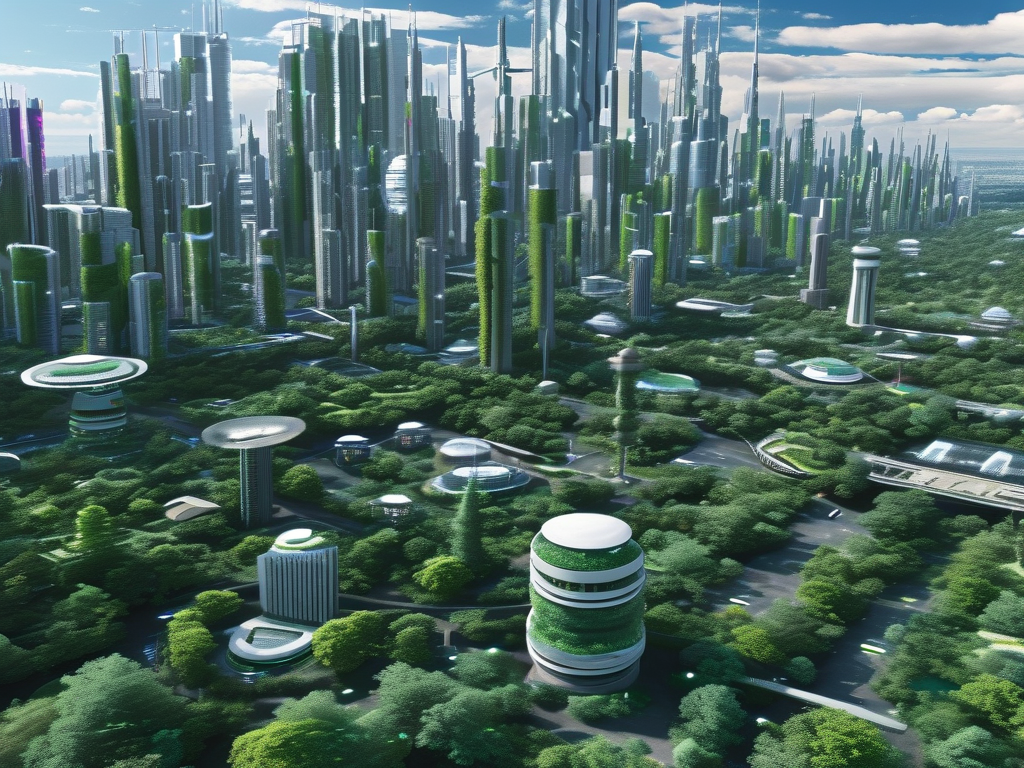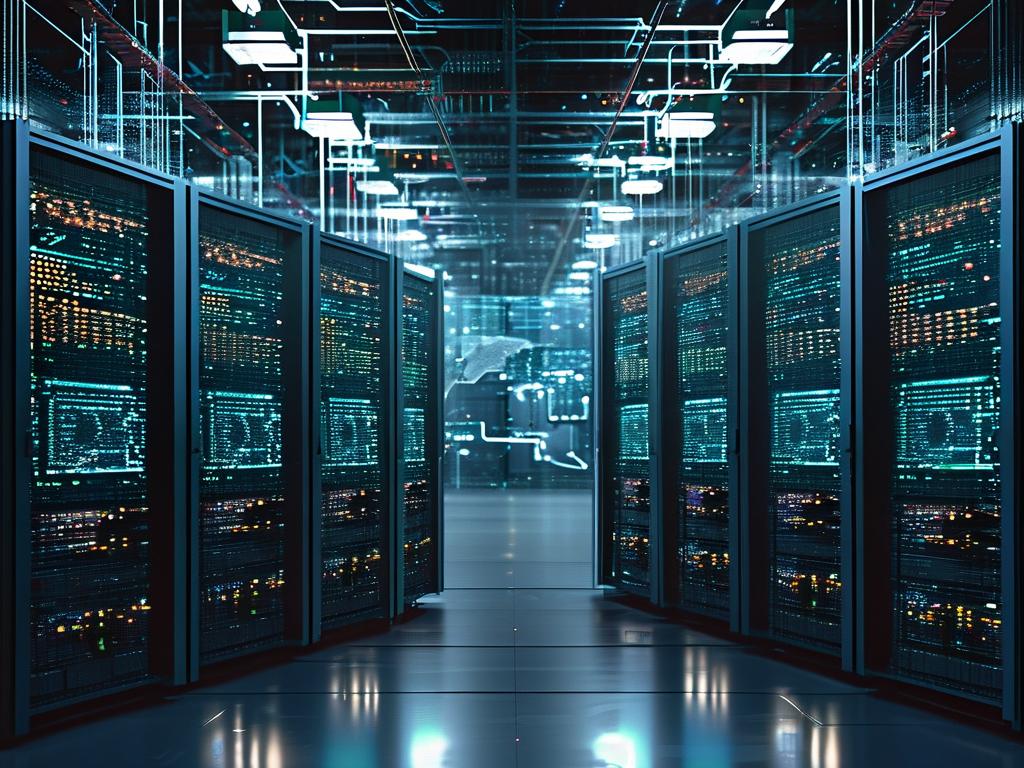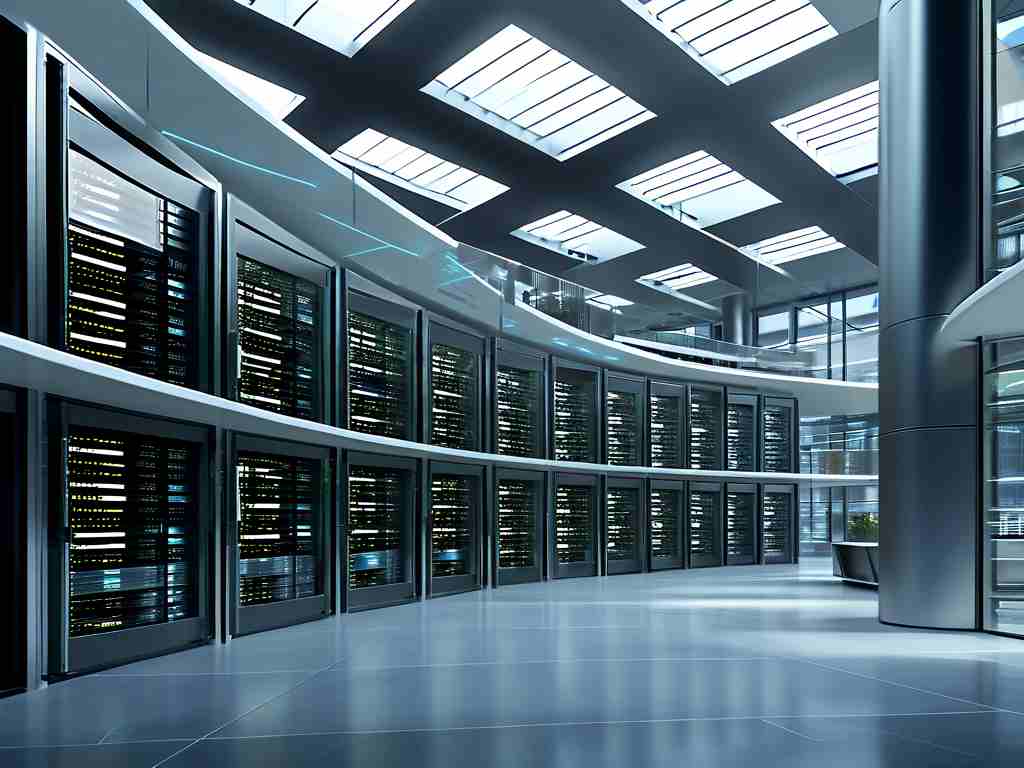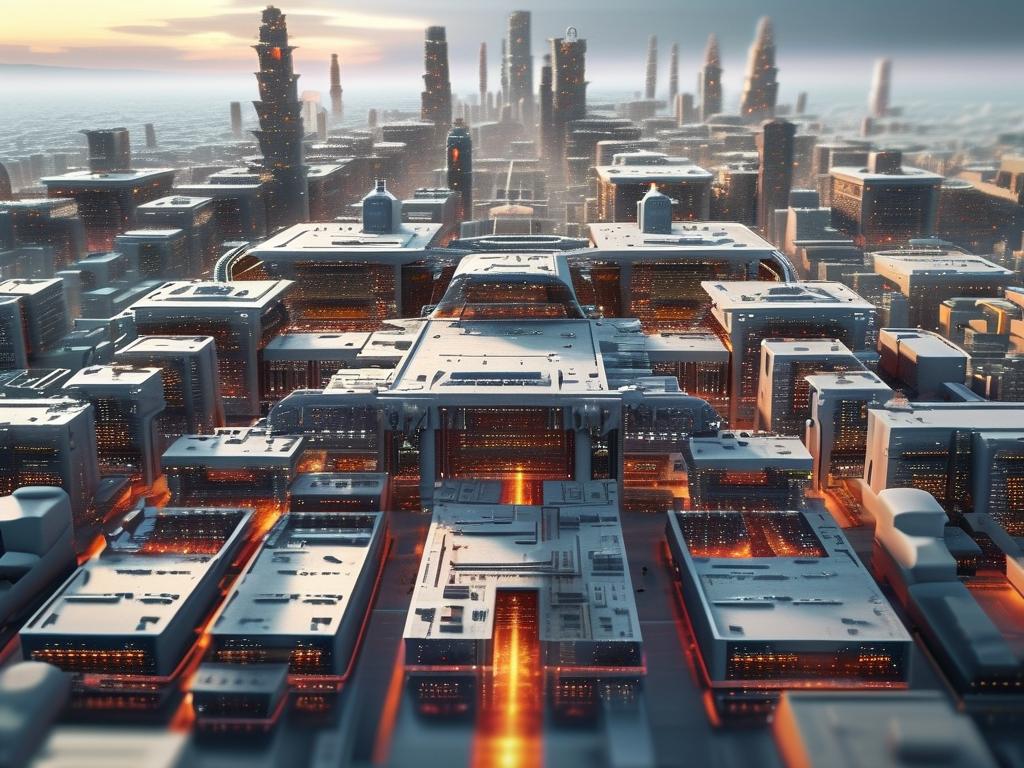The evolution of modern computing has been profoundly shaped by distributed technology architectures, which enable organizations to achieve scalability, resilience, and efficiency in complex operational environments. Unlike traditional centralized systems, distributed architectures decompose workloads across multiple nodes, fostering parallel processing and reducing single points of failure. This article explores key implementations of distributed systems, their advantages, and real-world applications driving technological progress.

Foundations of Distributed Architectures
Distributed systems operate on principles of decentralization, where computational tasks are divided among interconnected servers or devices. This design ensures that no single component becomes a bottleneck, enhancing system reliability. For instance, cloud computing platforms like AWS and Azure leverage distributed frameworks to dynamically allocate resources based on demand. By using techniques such as sharding and replication, these systems maintain data consistency while optimizing performance.
A critical feature of distributed architectures is their ability to handle partial failures. If one node malfunctions, others continue operating seamlessly—a stark contrast to monolithic systems where a single failure can cause widespread outages. Technologies like Apache Kafka and Kubernetes exemplify this resilience, enabling enterprises to manage high-throughput data streams and containerized applications without downtime.
Industry Applications
1. Financial Services
In fintech, distributed ledgers (blockchain) and real-time transaction processing systems rely on decentralized networks to ensure security and transparency. Payment gateways like Visa and PayPal use distributed architectures to process millions of transactions per second across global data centers. This setup minimizes latency and prevents fraud through synchronized verification mechanisms.
2. Streaming Platforms
Content delivery networks (CDNs) such as Netflix and YouTube employ distributed caching to serve media files from geographically proximate servers. This reduces buffering and improves user experience. Additionally, distributed databases like Cassandra store viewer preferences and watch histories across clusters, enabling personalized recommendations without overloading central servers.
3. IoT Ecosystems
The Internet of Things (IoT) depends on distributed systems to manage data from billions of interconnected devices. Smart cities, for example, use edge computing nodes to process sensor data locally before transmitting insights to central hubs. This approach reduces bandwidth consumption and accelerates decision-making for traffic management or energy distribution.
Technical Advantages and Challenges
Distributed architectures offer unparalleled scalability. Organizations can horizontally expand their infrastructure by adding nodes rather than upgrading expensive hardware. However, this flexibility introduces complexities like network latency and synchronization issues. Protocols like RAFT and Paxos address these challenges by ensuring consensus among nodes, even in unstable network conditions.
Security remains a persistent concern. Distributed systems require robust encryption and access controls to protect data across multiple endpoints. Zero-trust architectures, which authenticate every request regardless of its origin, are increasingly adopted to mitigate risks.
Future Trends
Emerging technologies like 5G and quantum computing will further propel distributed systems. Decentralized AI training, where models are trained across edge devices without centralized data aggregation, promises to enhance privacy and reduce computational costs. Similarly, Web3 initiatives aim to rebuild internet services on distributed protocols, shifting power from tech giants to users.
In , distributed technology architectures underpin the digital infrastructure of the 21st century. By enabling fault tolerance, elastic scaling, and global collaboration, they empower industries to innovate while meeting evolving user demands. As technology advances, the role of distributed systems will only grow more pivotal in shaping a connected and efficient world.









